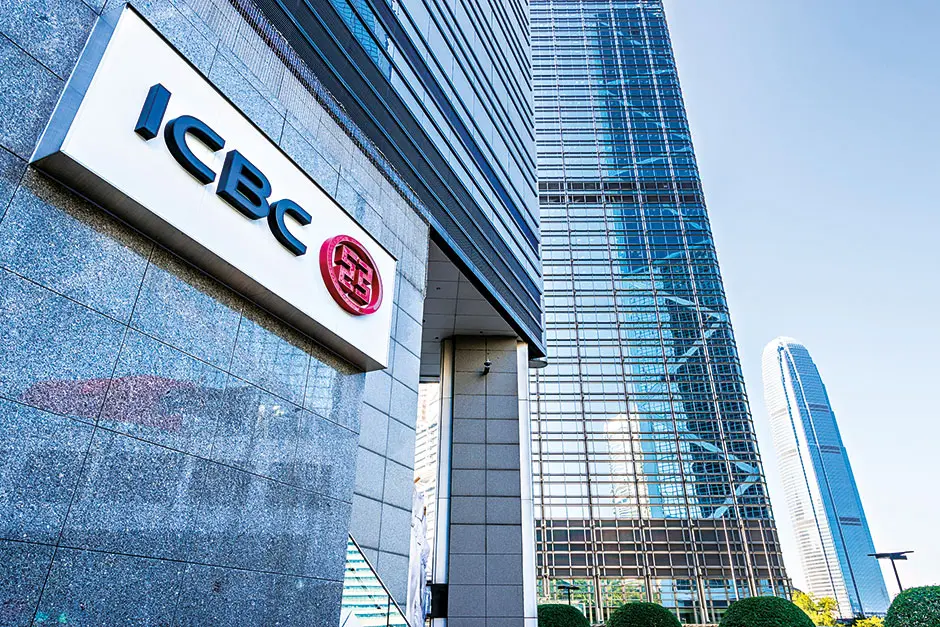What Are the Top 5 Financial Institutions in the World?
When investors, policymakers, and consumers ask what are the top 5 financial institutions in the world, they are not merely searching for names. They are looking at the backbone of global finance—the banks and financial giants that influence international trade, manage trillions in assets, and drive global economic policy. These institutions are not just service providers; they are gatekeepers of capital, liquidity, and financial stability.
This article investigates the five most influential financial institutions in 2025, exploring their assets, influence, and role in shaping the global economy.
The Criteria Behind Ranking Financial Institutions
Defining “top” in global finance is complex. Analysts generally consider:
- Total Assets Under Management (AUM): The balance sheet strength of the institution.
- Market Capitalization: A reflection of investor confidence.
- Global Reach: Operations across continents and emerging markets.
- Innovation in Finance: Adoption of fintech, blockchain, and digital banking.
- Systemic Importance: The impact on global stability if the institution fails.
With these factors in mind, we analyze the top 5 financial institutions in the world.
1. Industrial and Commercial Bank of China (ICBC)

The ICBC consistently tops global rankings as the largest bank in the world by assets, managing over $5.7 trillion in 2025. Headquartered in Beijing, ICBC plays a central role in financing China’s infrastructure projects, both domestically and abroad, particularly through the Belt and Road Initiative.
- Global Role: Provides financing for energy, construction, and trade projects.
- Innovation: Invested heavily in AI-driven risk management.
- Controversy: Critics argue its dominance reflects state-directed capitalism rather than free-market success.
ICBC’s systemic importance cannot be overstated—it is China’s financial spearhead in global markets.
2. JPMorgan Chase & Co.
As the largest financial institution in the United States, JPMorgan Chase manages around $4 trillion in assets. Known for its investment banking arm, the bank also dominates retail and commercial banking in the U.S.
- Influence: CEO Jamie Dimon has become a global voice in economic policy.
- Innovation: Significant investment in blockchain-based payment networks.
- Reach: Present in over 100 countries, advising corporations and governments alike.
In crises—from the 2008 financial meltdown to the 2020 pandemic—JPMorgan has been both a stabilizer and a beneficiary of government bailouts, raising questions about too-big-to-fail institutions.
3. China Construction Bank (CCB)
The China Construction Bank (CCB) ranks third, holding about $5.1 trillion in assets. Originally founded to fund infrastructure development in China, CCB is now a global powerhouse with operations spanning Asia, Europe, and North America.
- Specialization: Infrastructure financing and housing loans.
- Global Expansion: Offices in London, New York, and Singapore.
- Digital Finance: Partnered with fintech firms to launch mobile-first banking platforms.
CCB reflects the strategic push by China’s government to globalize its financial ecosystem, aligning banking strategy with foreign policy objectives.
4. Bank of America (BoA)
Bank of America remains a financial titan, managing over $3.6 trillion in assets. As one of the most influential U.S. banks, it dominates retail banking, credit services, and wealth management through Merrill Lynch.
- Strengths: Strong consumer banking presence with digital-first services.
- Innovation: Invested in sustainable finance, pledging $1.5 trillion for climate and social projects.
- Criticism: Faced backlash during the 2008 housing crisis but has since rebuilt its image.
BoA has positioned itself as a leader in sustainable and ethical investing, appealing to younger generations of investors.
5. Agricultural Bank of China (ABC)
Rounding out the list, the Agricultural Bank of China (ABC) holds around $4.9 trillion in assets. Initially created to provide rural financing, ABC has since become a global player with influence across Asia and Africa.
- Focus: Rural development, agriculture financing, and consumer loans.
- Global Reach: Expansion into African markets, supporting development projects.
- Challenges: Balancing rural obligations with international competition.
ABC exemplifies how China’s financial institutions are increasingly balancing domestic policy goals with global ambitions.
Broader Analysis: East vs. West in Global Finance
A striking trend emerges when examining what are the top 5 financial institutions in the world: three are Chinese, and two are American.
- Chinese Banks: Backed by state policy, focused on infrastructure and development financing.
- American Banks: Driven by market competition, innovation, and investment banking.
This East-West divide reflects the broader geopolitical competition, where finance is as much about influence as economics.
For more detailed rankings, resources like the S&P Global Market Intelligence and Forbes Global 2000 provide in-depth data.
FAQ: What Are the Top 5 Financial Institutions in the World?
Q1: What are the top 5 financial institutions in the world by assets?
The list includes ICBC, China Construction Bank, Agricultural Bank of China, JPMorgan Chase, and Bank of America.
Q2: Why do Chinese banks dominate the top global rankings?
Chinese banks benefit from government backing, infrastructure financing, and the Belt and Road Initiative, which expand their global presence.
Q3: How does JPMorgan differ from Chinese financial institutions?
JPMorgan focuses on investment banking and global advisory services, whereas Chinese banks emphasize infrastructure and development financing.
Q4: Are these institutions safe for global investors?
Yes, but like all financial entities, they are exposed to risks. Systemically important banks are closely regulated to prevent collapse.
Q5: Will the top 5 financial institutions change in the next decade?
Possibly. Fintech firms, digital banks, and decentralized finance (DeFi) could disrupt traditional hierarchies, though mega-banks will likely remain influential.
Conclusion: The Future of Global Financial Power
When examining what are the top 5 financial institutions in the world, it is clear that these banks represent more than just financial clout—they are geopolitical instruments, technological innovators, and stabilizers of the global economy.
As digital currencies, blockchain, and decentralized finance reshape money itself, the dominance of these institutions will be tested. Yet, their balance sheet power, systemic importance, and government backing suggest they will remain central pillars of global finance for years to come.